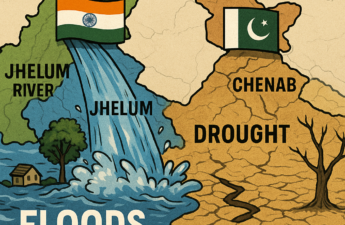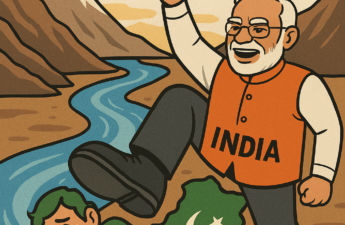This space is every 2 days now. First paragraph in red font is changed according to latest updates. All Text in red font means updated or revised today as per news and army confirmations. Last updated 17th May 8pm (IST) India’s fierce retaliation to the Pahalgam terror attack on April 22, 2025, which killed 26 innocent civilians, mostly Hindu tourists,…
Tag: Indus Waters Treaty
Maxar’s Images, BSI’s Plot: How Pakistan Planned the Pahalgam Terror Attack
In April 2025, the serene town of Pahalgam in Jammu and Kashmir was shattered by a horrific terrorist attack that claimed innocent lives and shook India to its core. This was no random act of violence. Pakistan, a nation with a long history of sponsoring terrorism, meticulously planned this attack starting in June 2024, using advanced satellite imagery to target…
Unveiling the Hidden Conspiracy Against India: A Call to Stand with Modi and Sanatan Dharma
In the complex chessboard of global politics, nations often smile on the surface while plotting behind closed doors. Today, India stands at a critical juncture, its rise as a global power undeniable. Yet, this very ascent has made it a target for those who fear its potential. From the United States to Pakistan, from internal traitors to global powers, a…
India’s Water Strategy: A Game-Changer for Pakistan
India recently made a bold move by suspending the Indus Waters Treaty (IWT), a 1960 agreement that controls how India and Pakistan share water from six rivers: Indus, Jhelum, Chenab, Ravi, Beas, and Sutlej. After suspending the treaty, India took two surprising actions: it released a huge amount of water into the Jhelum River, causing floods in Pakistan, and at…
How India’s Suspension of the Indus Waters Treaty Will Impact Pakistan
The Indian government recently decided to suspend the Indus Waters Treaty, a 1960 agreement that has managed water sharing between India and Pakistan for decades. This decision is a big deal because Pakistan depends heavily on the rivers covered by this treaty for its water needs—about 80% of its water comes from these rivers, especially for farming. Let’s break down…





